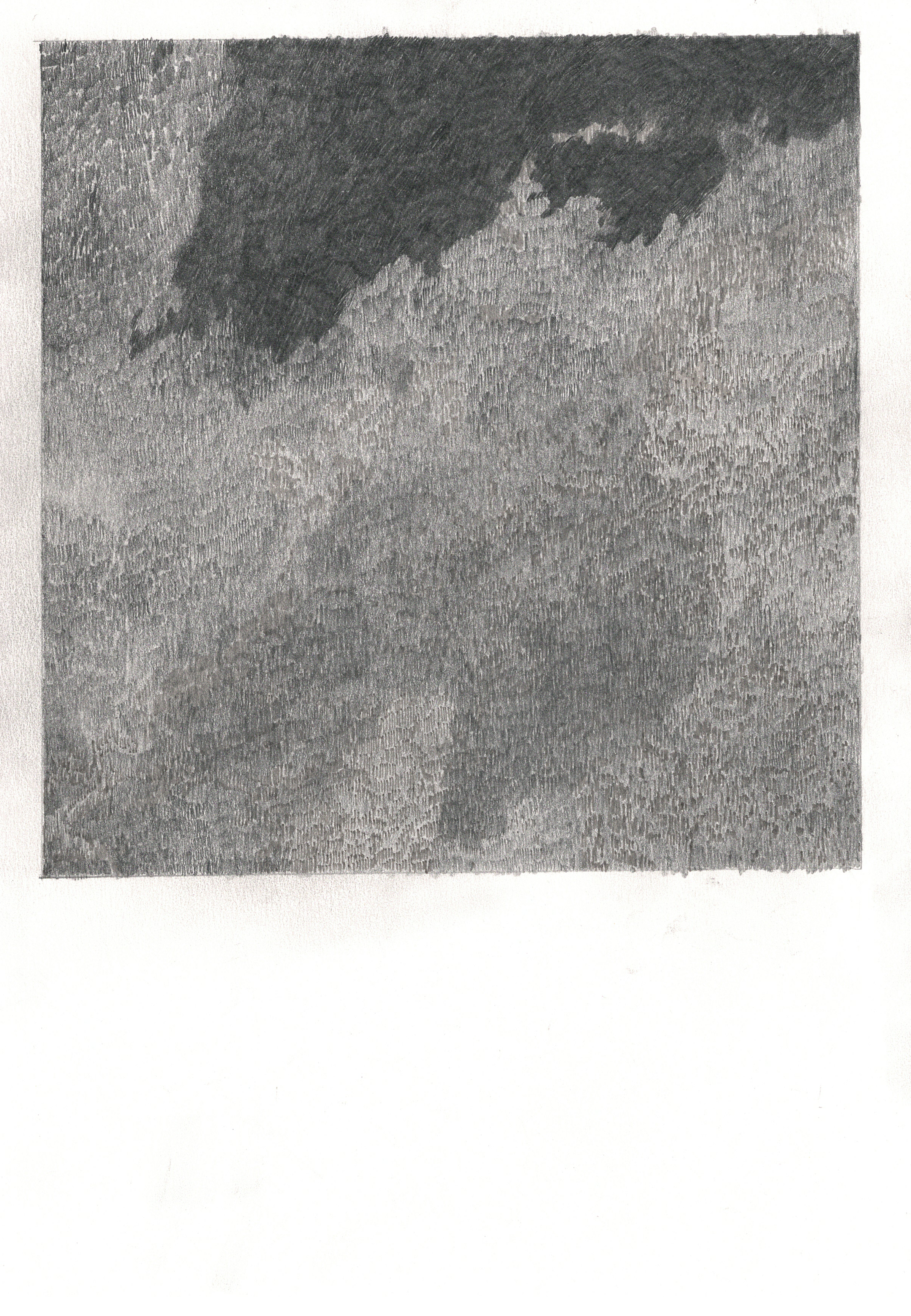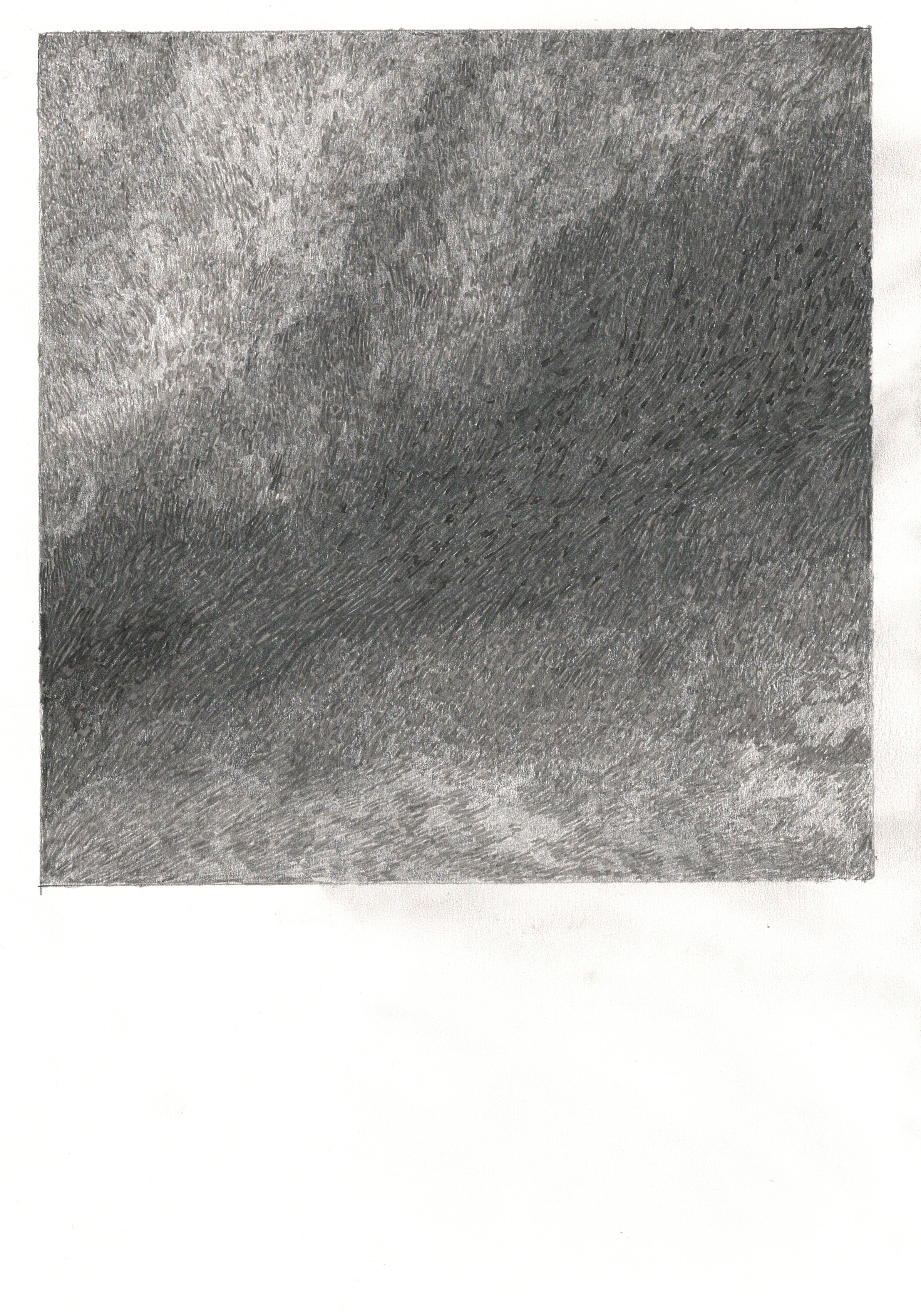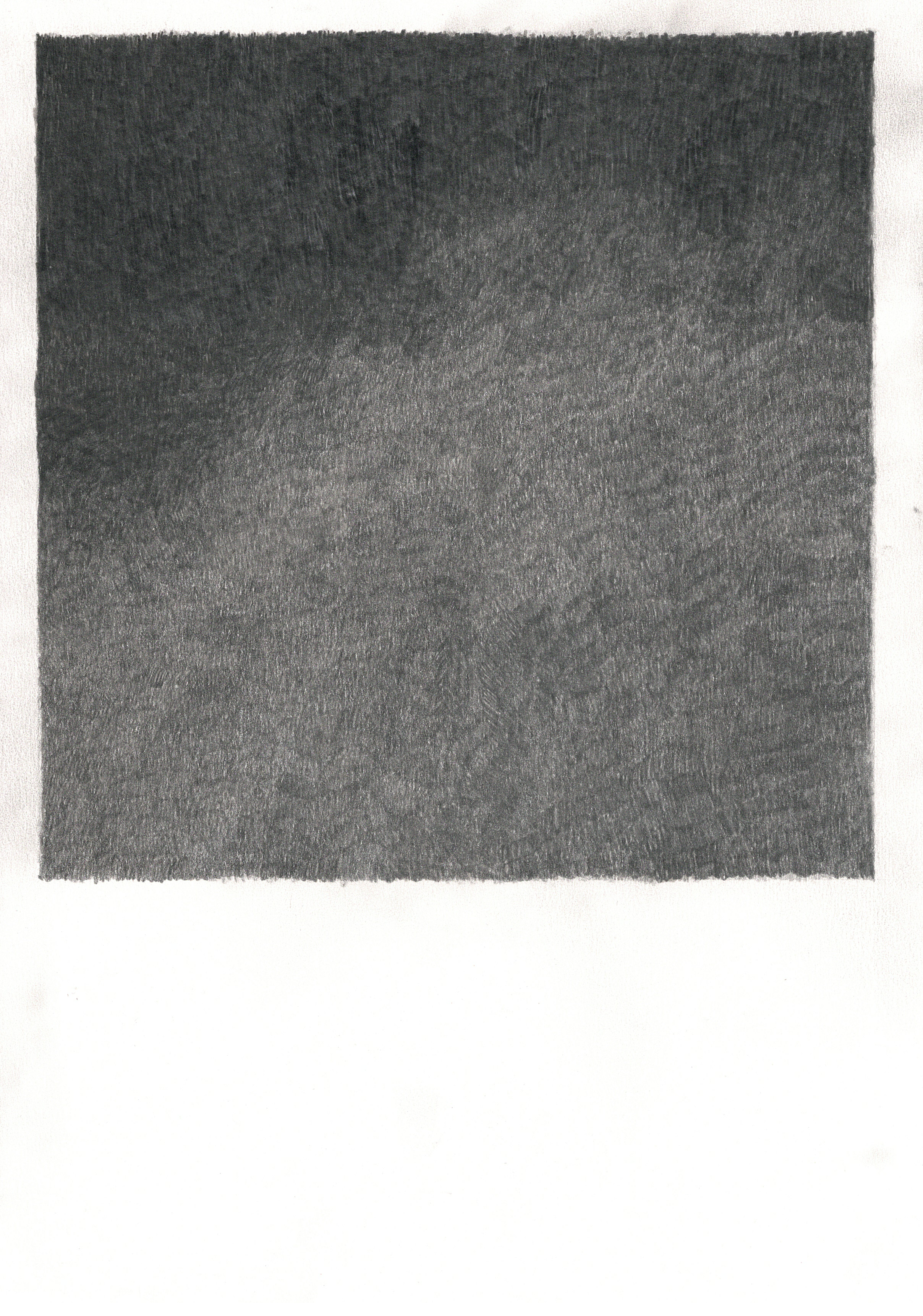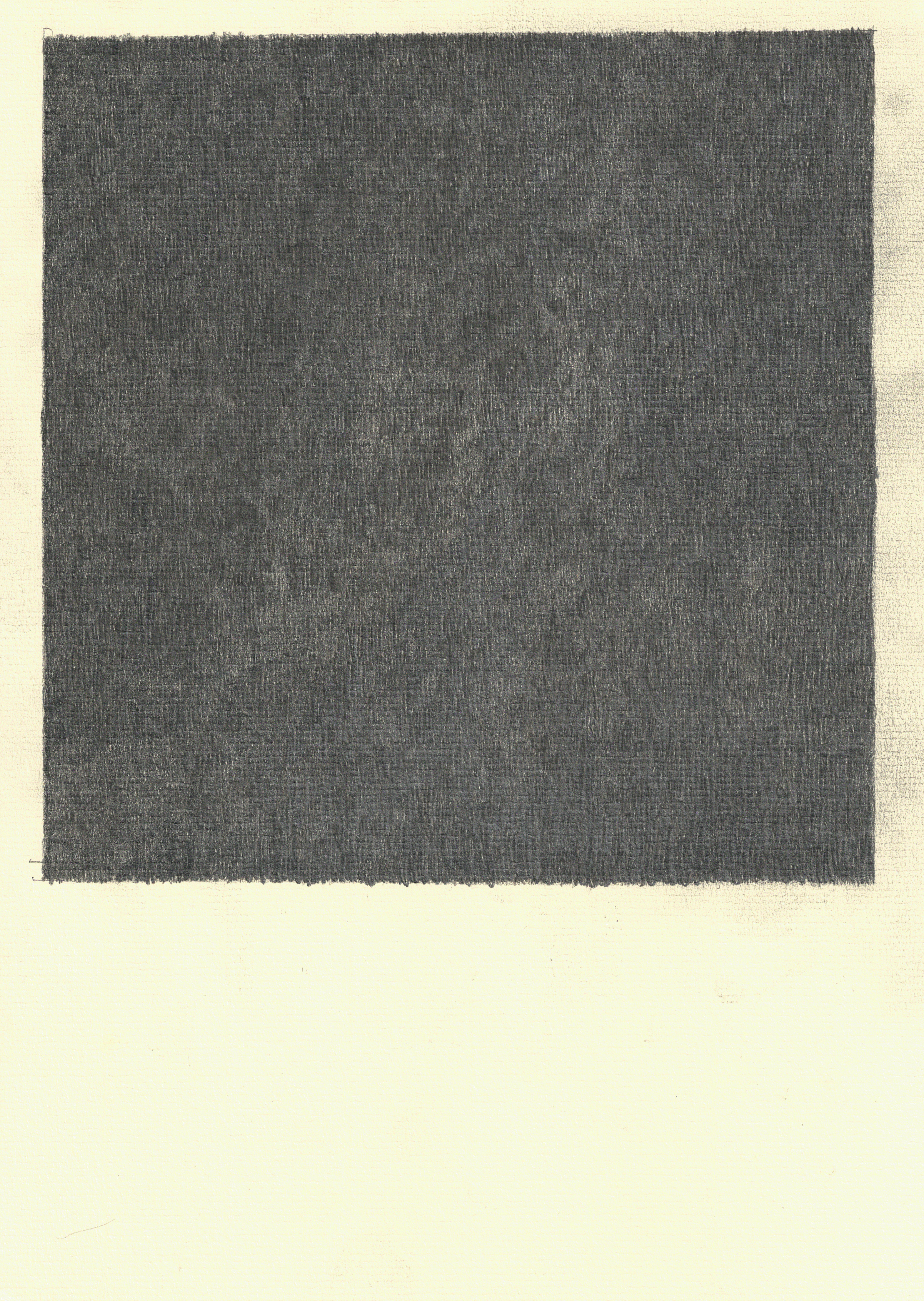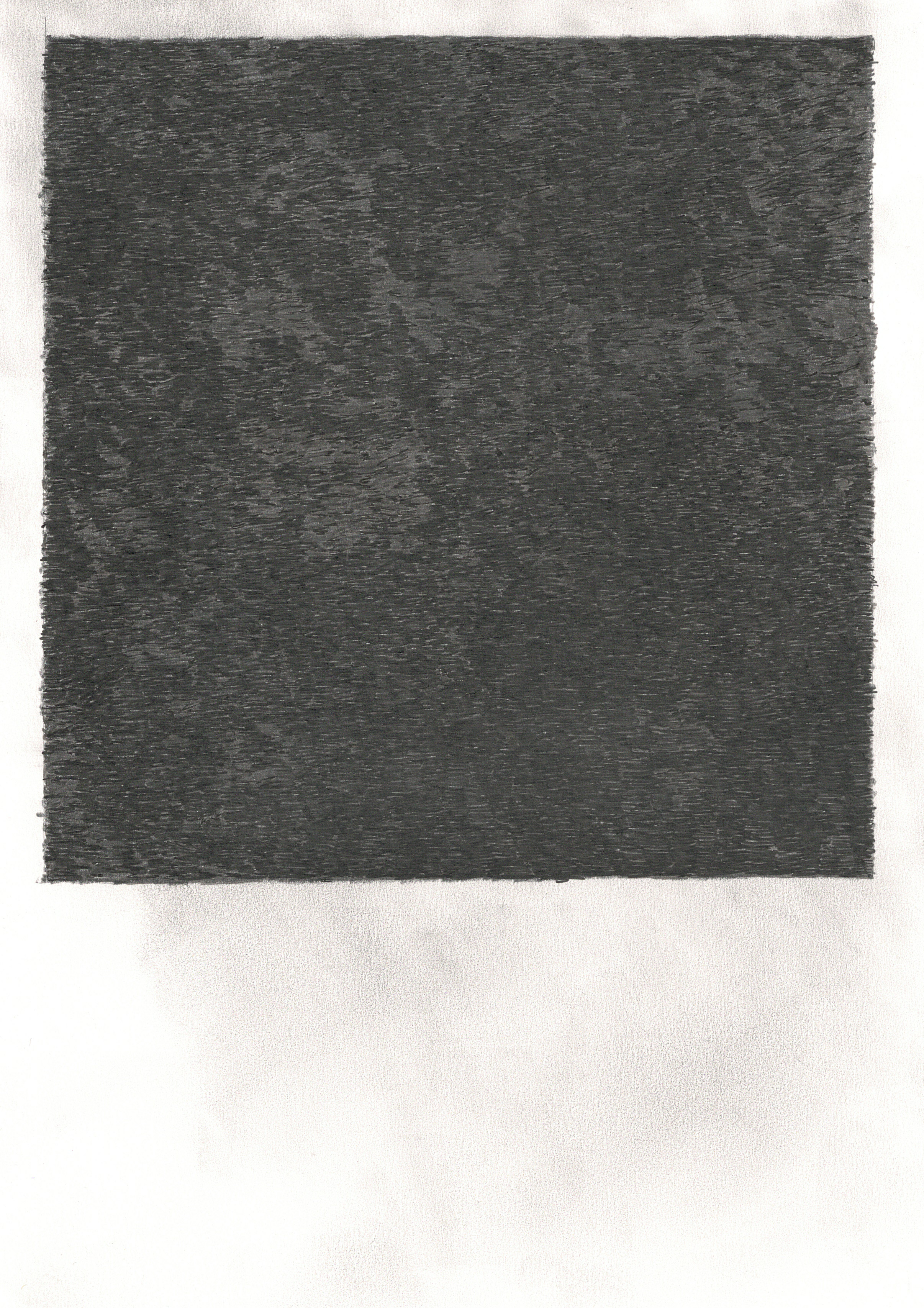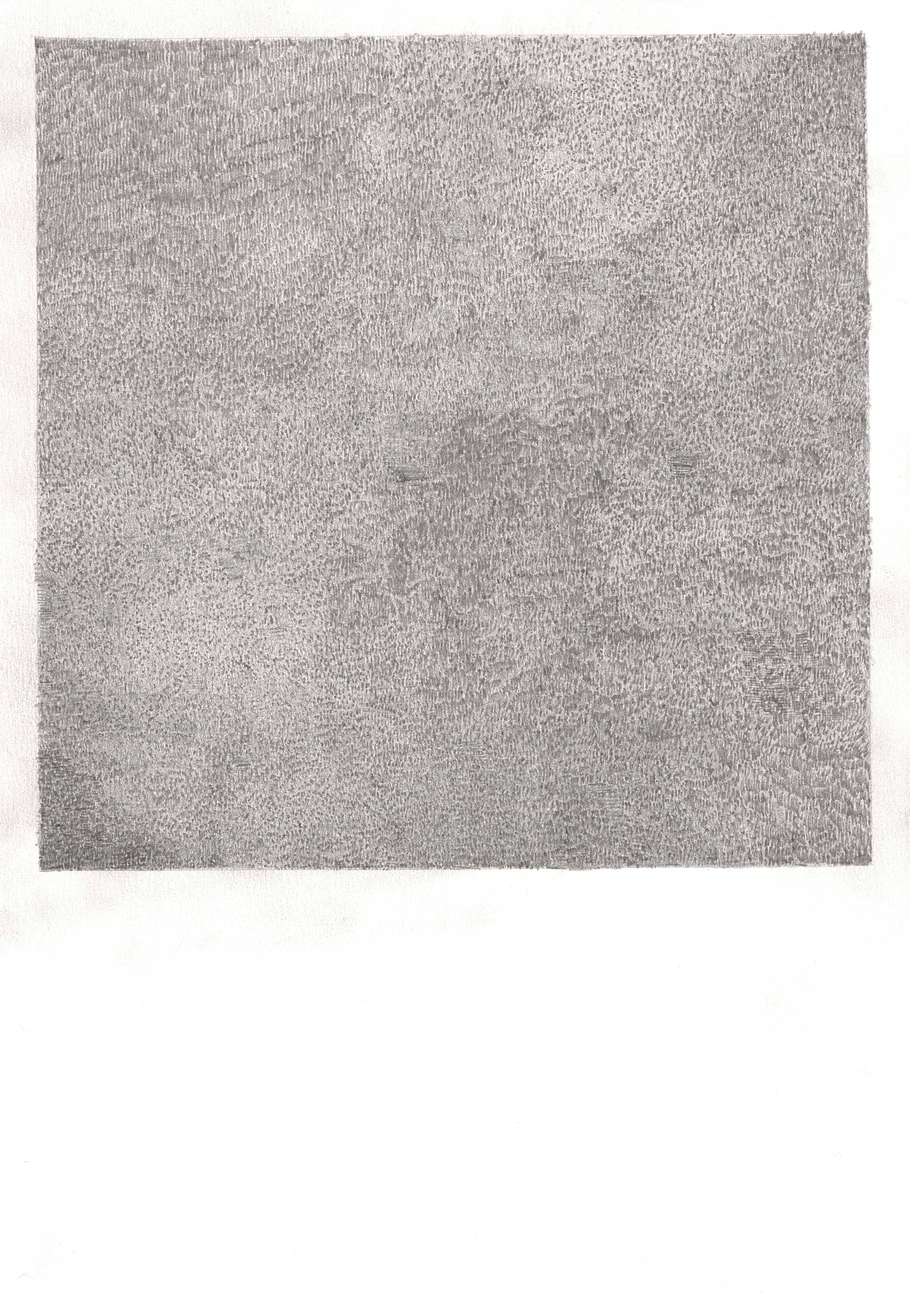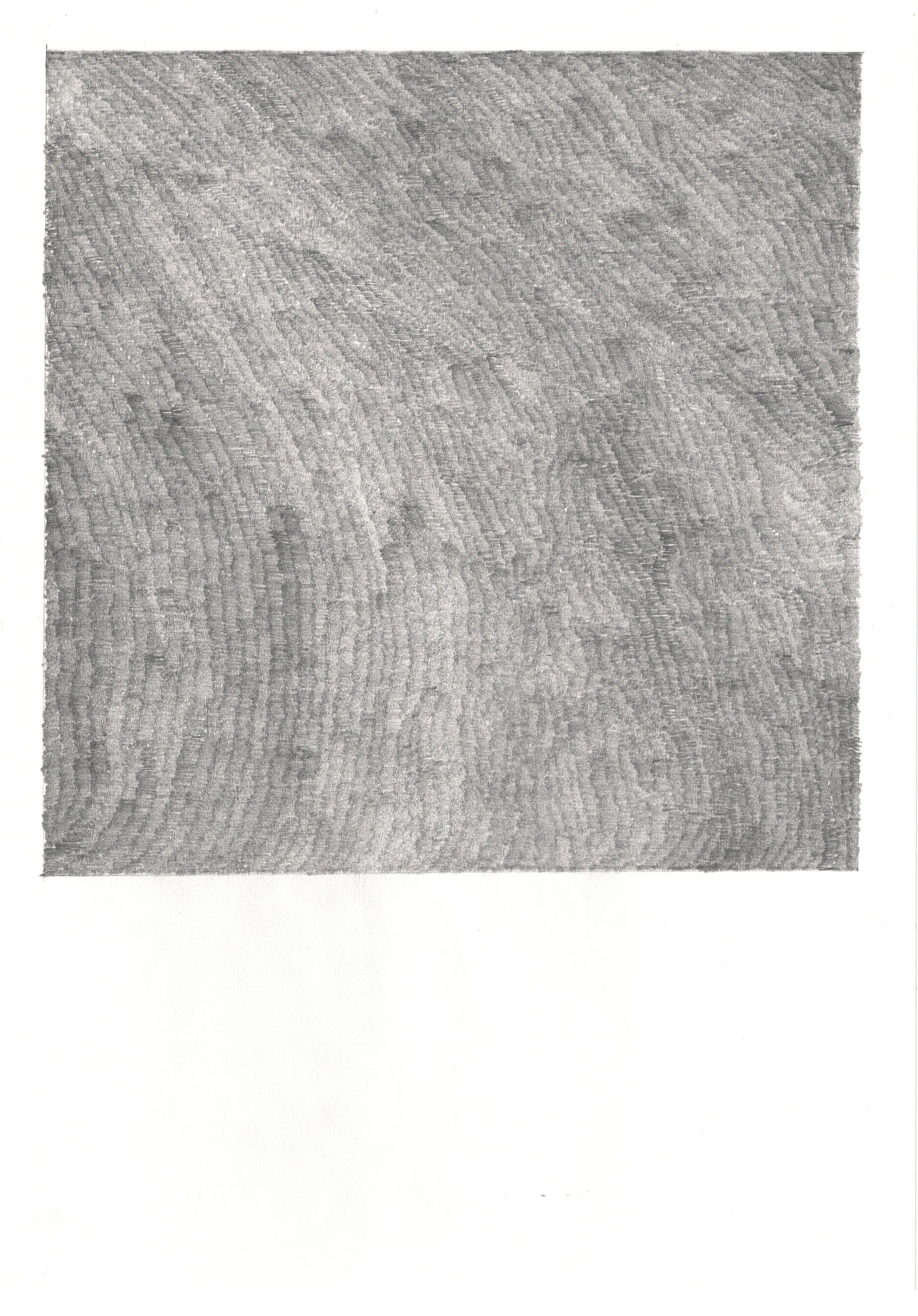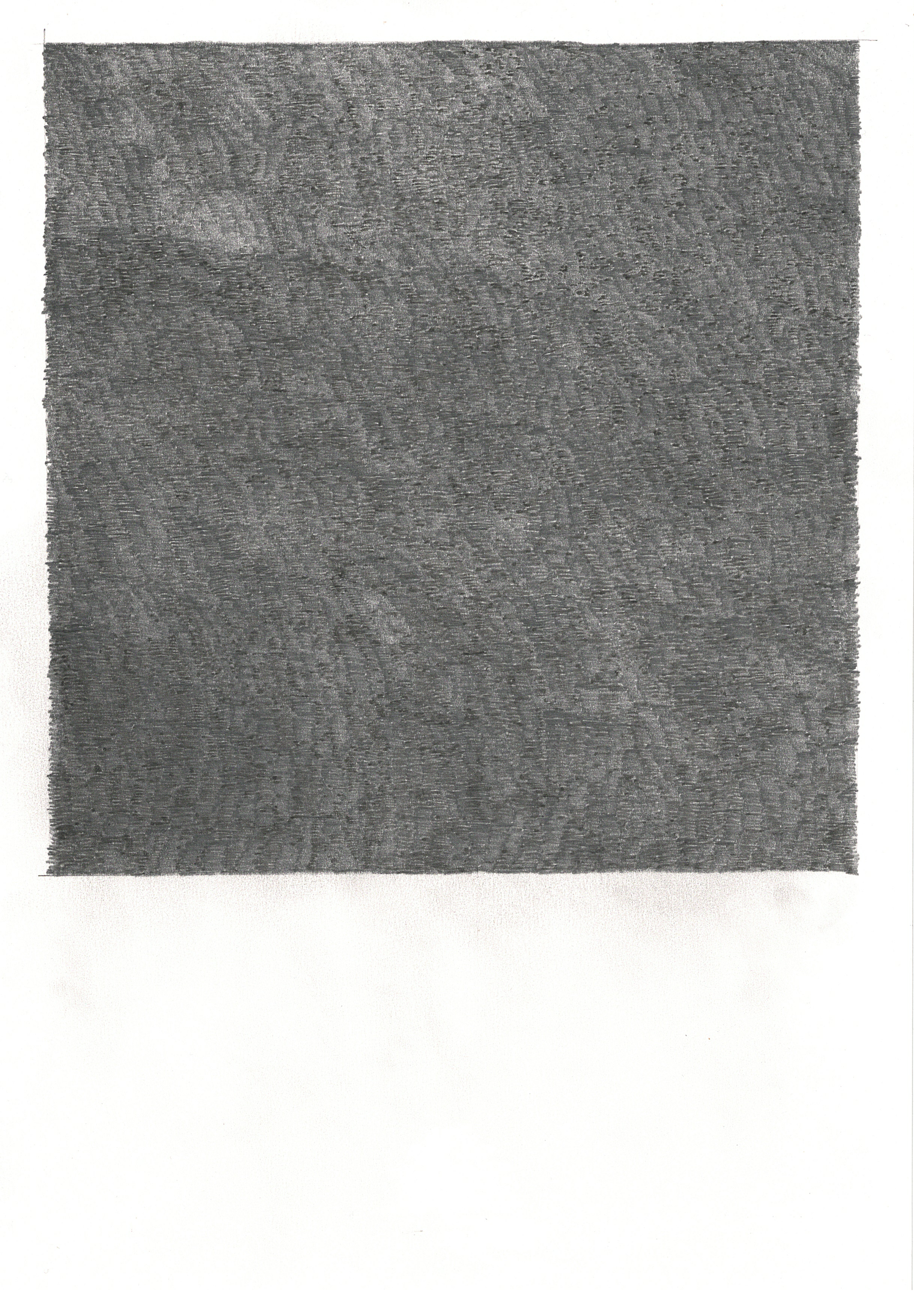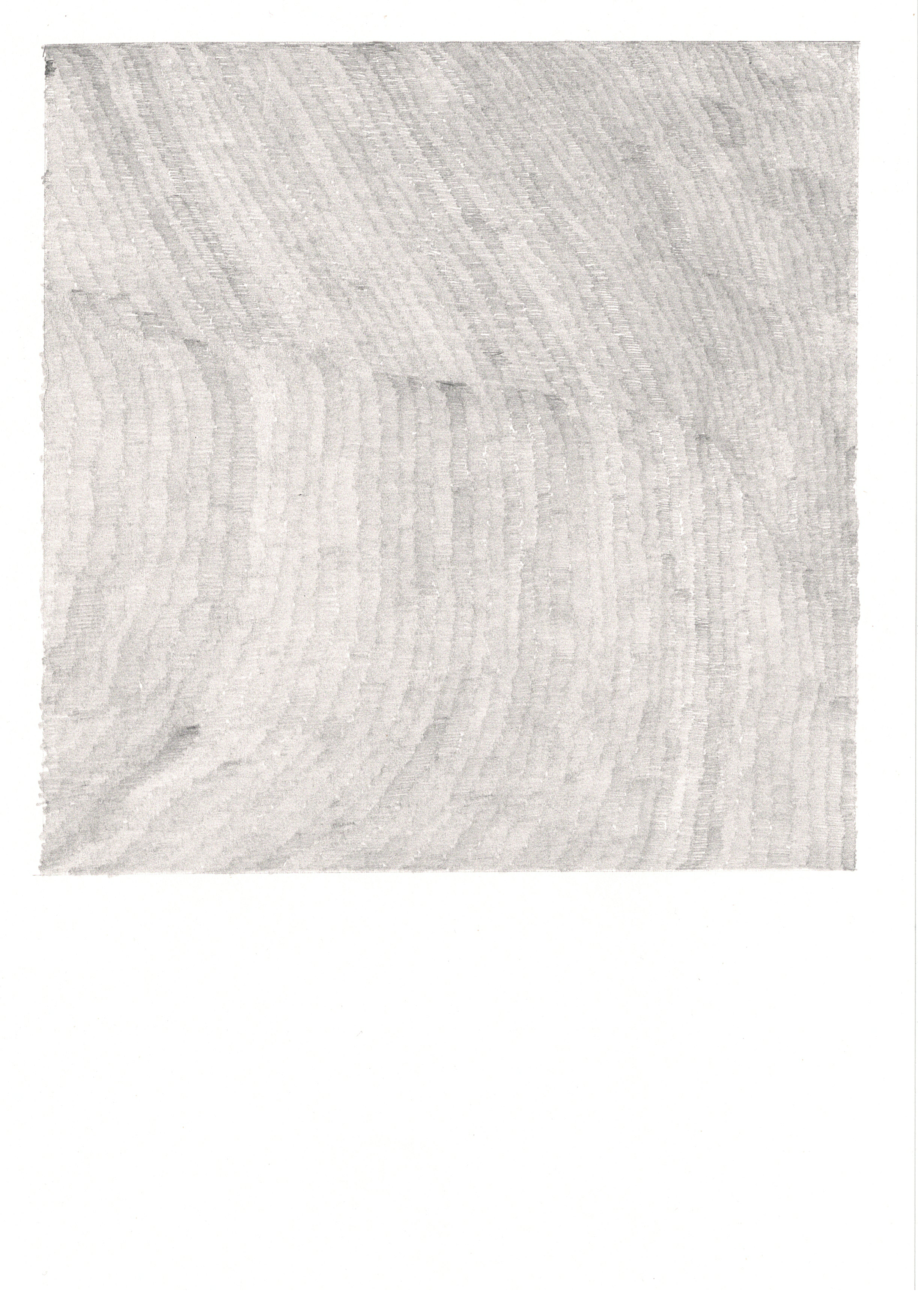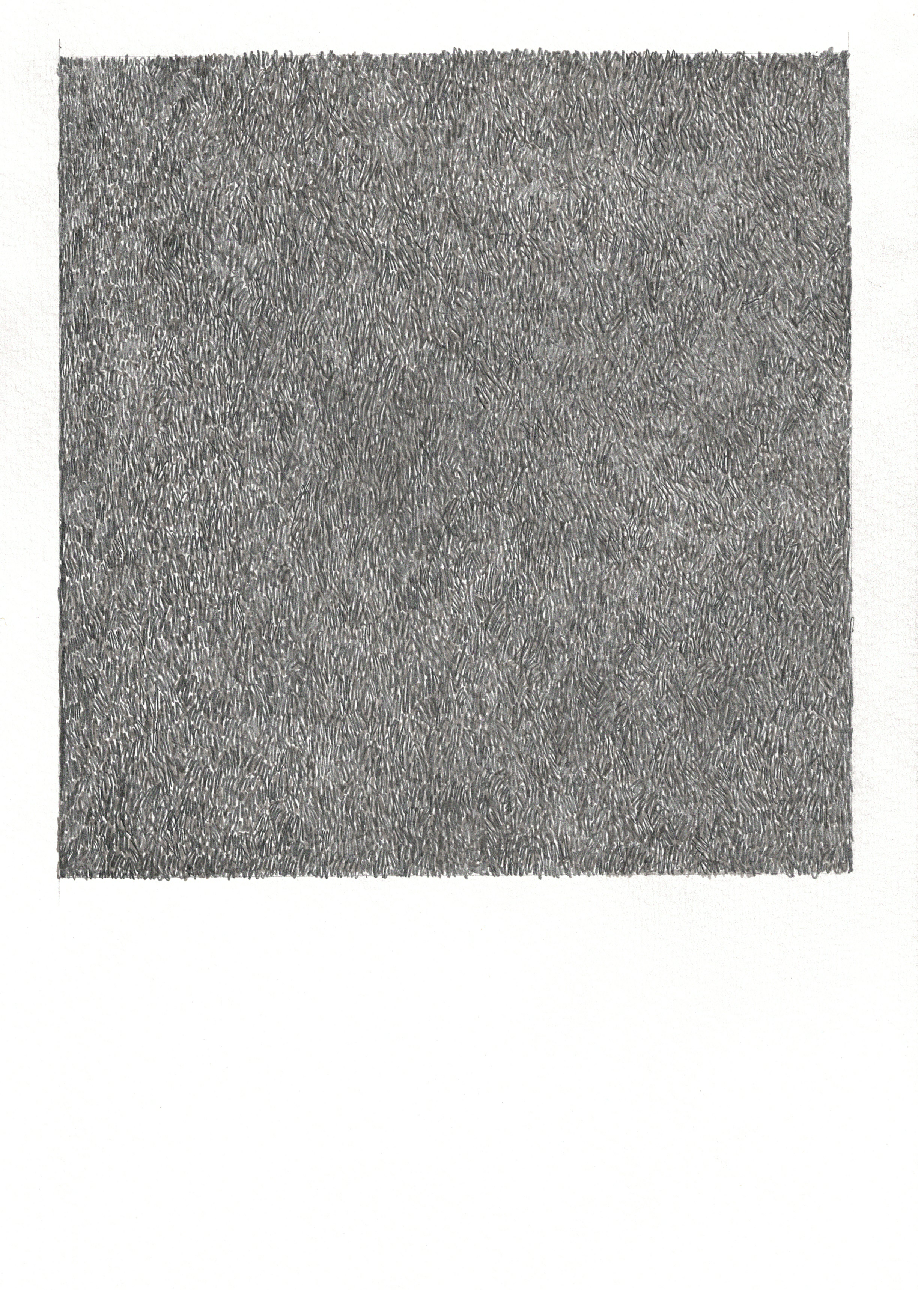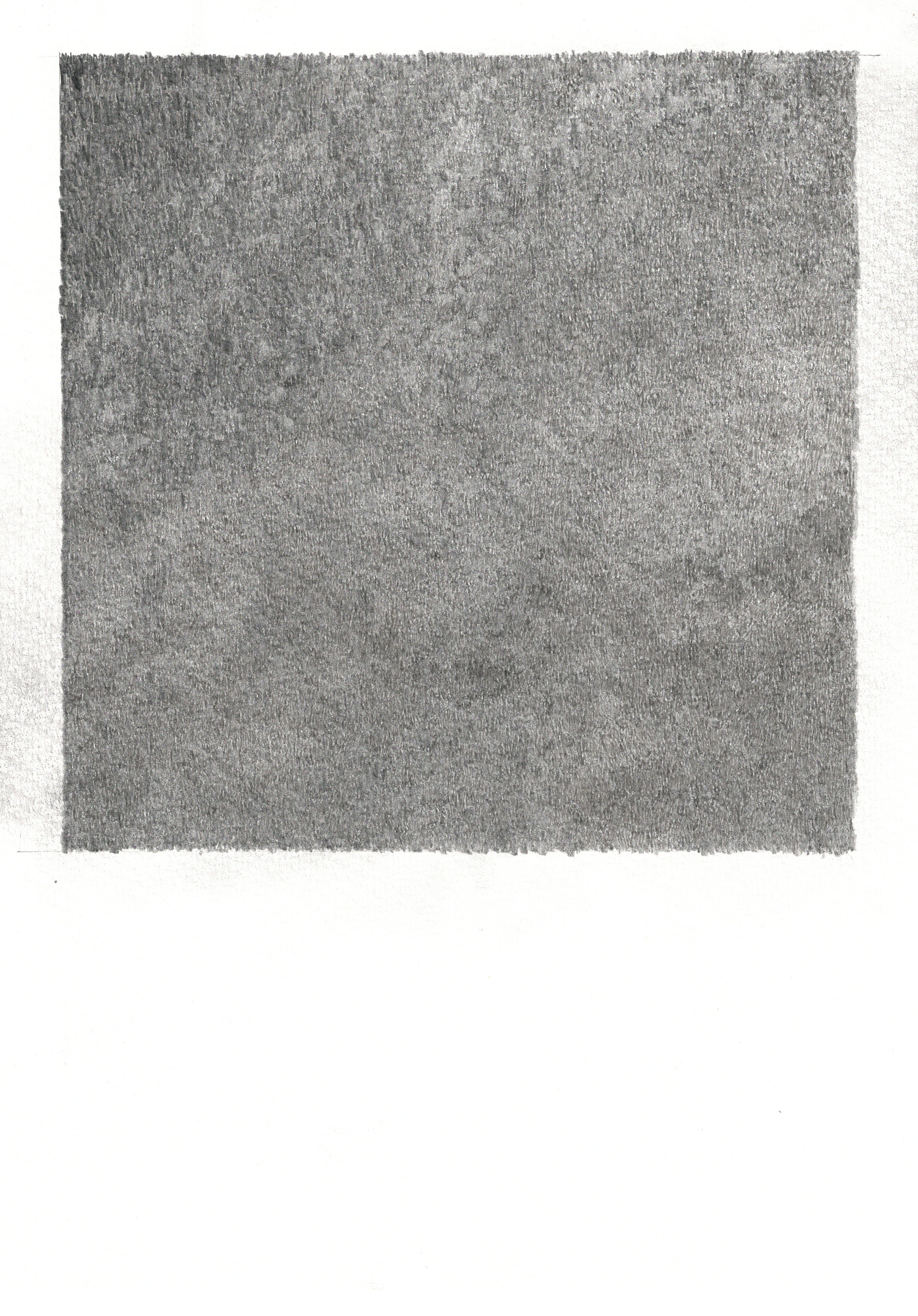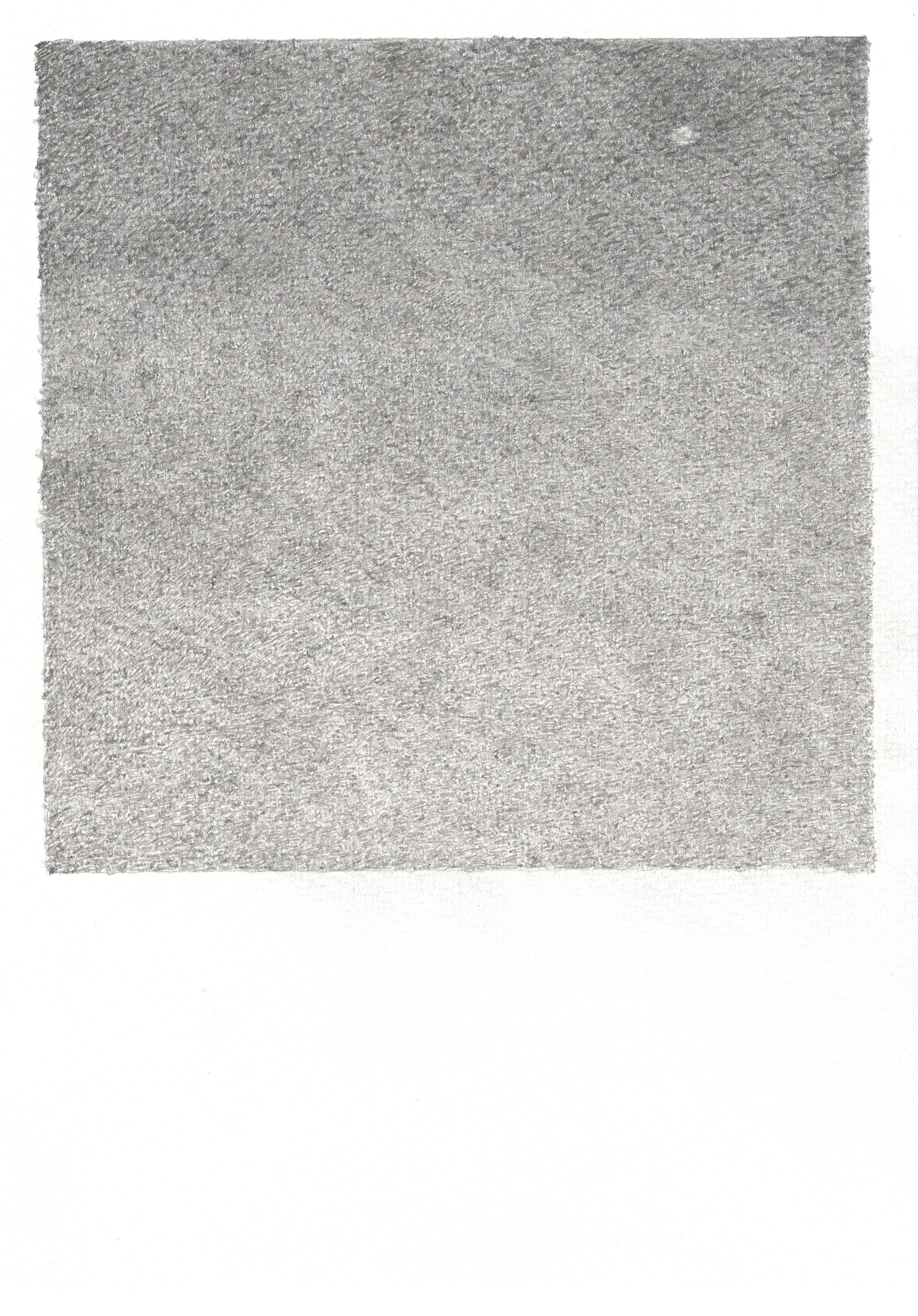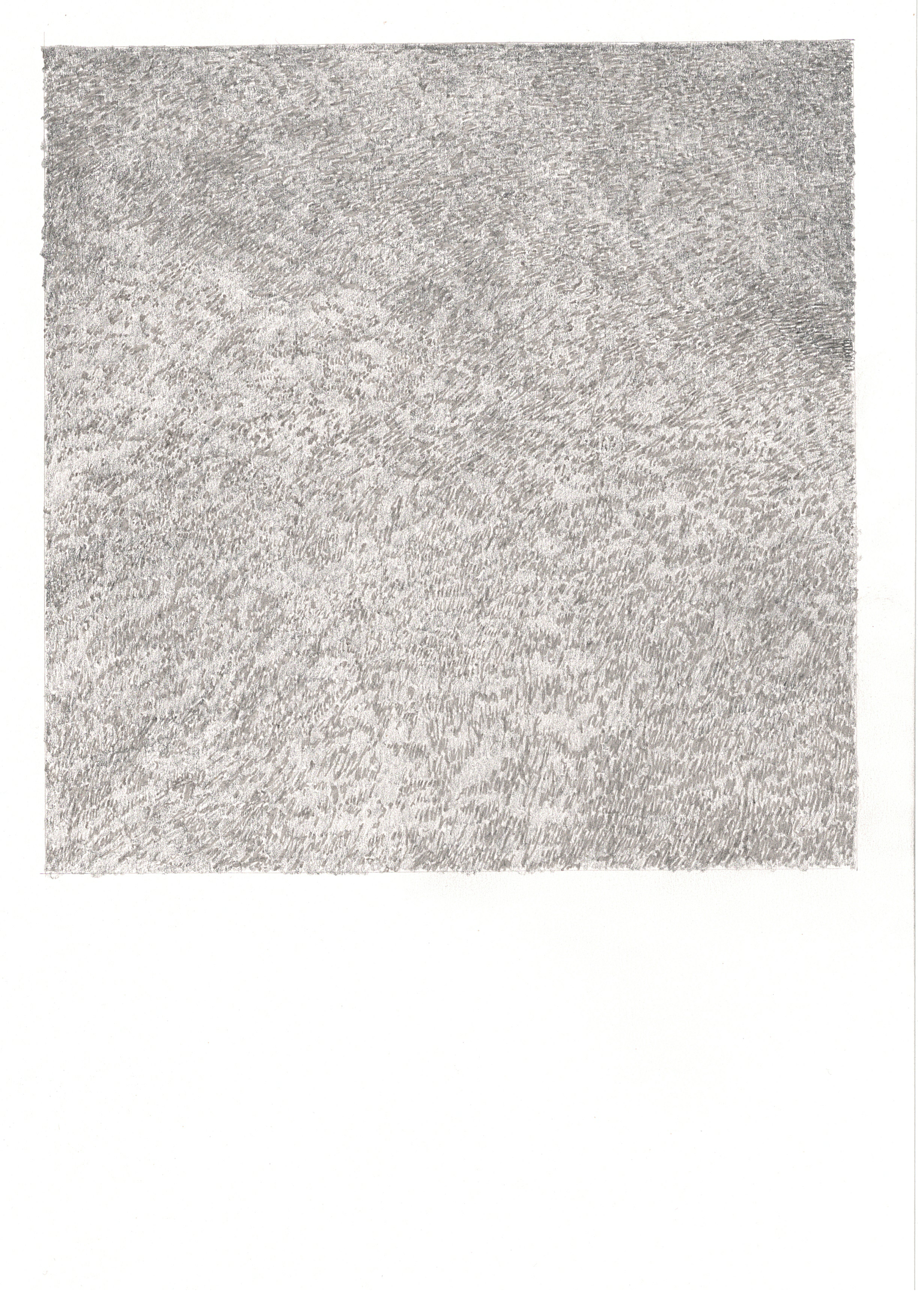⋰
Art
In a section discussing the origin of the universe, Robert Fludd was compelled to speculate on what existed prior to the universe, which he describes as an empty nothingness, a sort of “pre-universe” or “un-universe”. He chose to represent this with a simple black square.¹
Only a self-negating form of representation would be able to suggest the nothingness prior to all existence, an un-creation prior to all creation.²
Apophatic is a classical Greek word meaning “removed from speech” or “unsayable,” so that an apophatic theology is one holding that you cannot use human language to speak meaningfully about God.³
To have a viewer focus on a square of black or blackish hues, with not even a frame to distract the eye, may be a way of deliberately forcing the viewer to withdraw to the very basics of vision, and thereby engage more deeply with the nature of visual art.⁴
To put this matter perversely: the goal of art is the unsayable or unnameable (the echoing of Beckett is deliberate) because, quite simply, there is any goal that you like, or no goal if that’s what you like.⁵
An intransitive system is represented by the empty category.⁶
A diagonal construction often becomes necessary, for instance, where systems encounter self-reference.⁷
where unrestricted self-reference is allowed, paradoxes arise.⁸
Finally, the entire issue of what is “unsayable” in Wittgenstein’s Tractatus Logico-Philosophicus hinges upon the diagonal construction which would have to be provided where the process of “picturing” allowed to picture itself.
That is, in any system of representation where the free-variable terms of the system have been allowed to range over the totality of their domain, there will occur a diagonal case, a term which refers to the system itself. In each such system, the diagonal or self-referential case will have the appearance of singularity, a moment of confusion, an occasion for doubt, or else will seem a justification for the expansion of the system, for a mystical flight into transcendent realms⁹
- Eugene Thacker, Black on Black, 2015
- Eugene Thacker, Black on Black, 2015
- William Lyons, Ad Reinhardt, Theology, and ‘Apophatic’ Art
- William Lyons, Ad Reinhardt, Theology, and ‘Apophatic’ Art
- William Lyons, Ad Reinhardt, Theology, and ‘Apophatic’ Art
- Charles Stein, INTRODUCTION TO IO 41
- Charles Stein, INTRODUCTION TO IO 41
- Charles Stein, INTRODUCTION TO IO 41
- Charles Stein, INTRODUCTION TO IO 41
⋰
